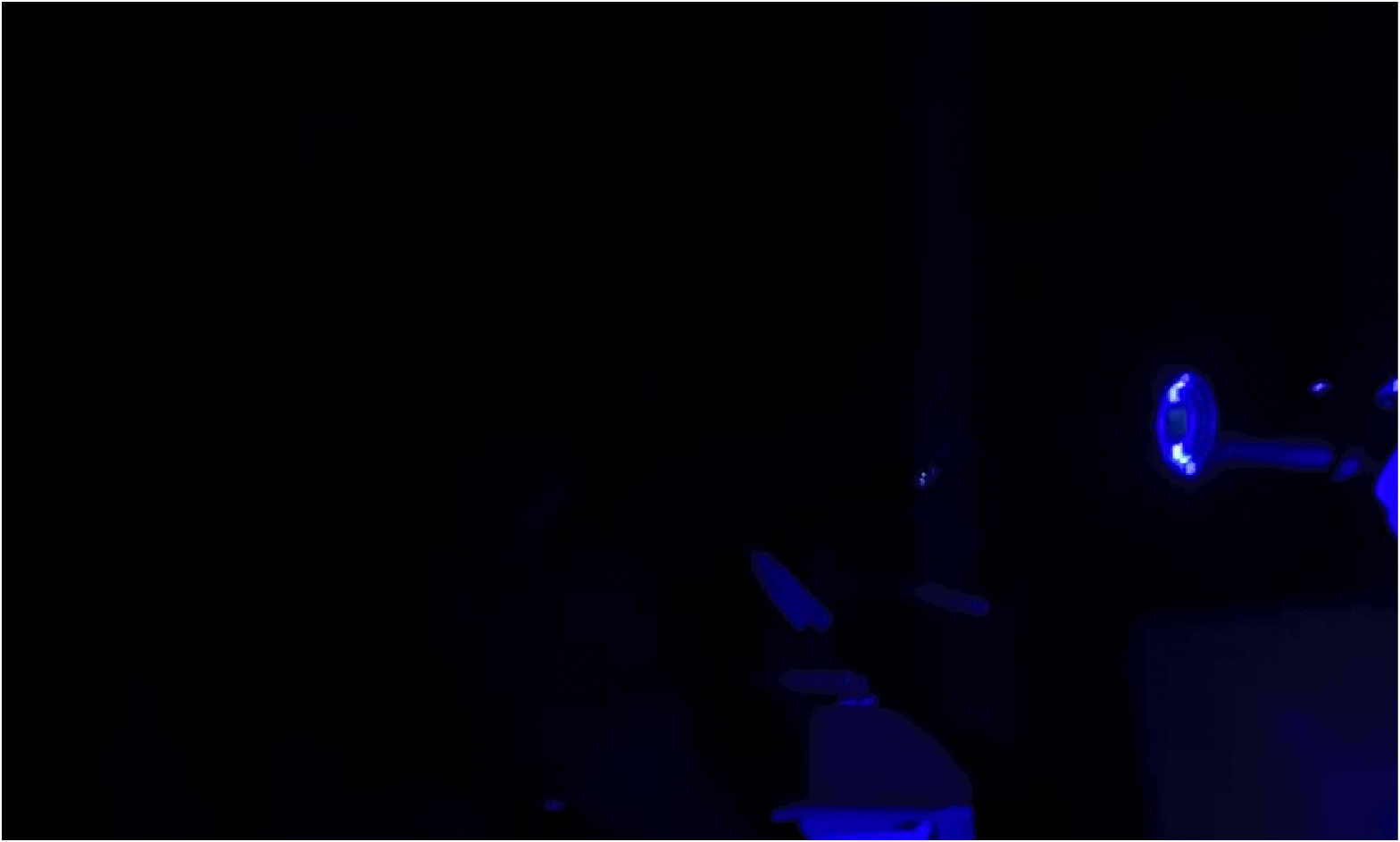Experimental characterization of droplet emission by turbulent puffs
The COVID-19 pandemic has underscored the critical role of airborne transmission in the spread of res-piratory viruses, with profound medical, societal, and economic ramifications. Among the various trans-mission routes, the emission and transport of virus-laden droplets during respiratory activities is recog-nized as a primary mechanism of infection. However, current risk assessments are predominantly based on computational fluid dynamics models that lack comprehensive experimental validation.

To address this gap, we have developed a Respiratory Droplet Simulator (RDS) capable of generating high-ly controlled, repetitive turbulent puffs that emulate human respiratory events. This system enables de-tailed investigations into the spatiotemporal dynamics of droplet dispersion under well-defined condi-tions.
The RDS allows for multi-modal experimental characterization of the flow field and droplet distribution. Techniques such as Particle Image Velocimetry (PIV) and Three-Dimensional Particle Tracking Veloci-metry (3D-PTV) are employed to resolve the velocity fields associated with various respiratory activities in indoor environments. Furthermore, shadowgraphy provides quantitative measurements of droplet size distributions and kinematics across multiple spatial locations, facilitating statistical analysis of droplet transport and evaporation phenomena.

